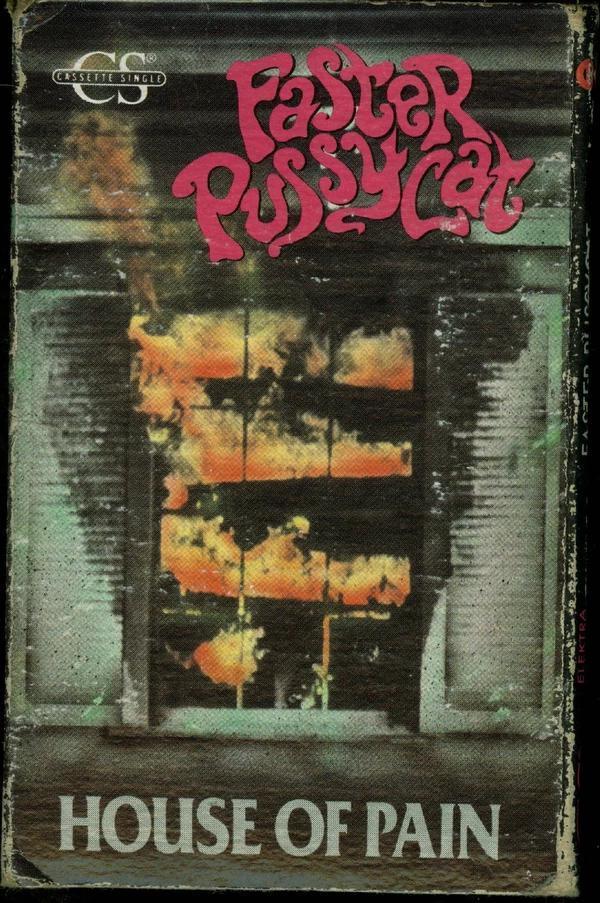Table Of Content
- Best Tips on Mold Remediation & Removal: When Should You Hire a Certified Mold Remediation Company?
- Solved! These Are the 8 Telltale Signs of Mold in the House
- Check for mold in the following areas and surfaces:
- Types of mold
- Removing Mold Growth Using Steam Vapor Treatment
- Should You Get a Mold Inspection Before Purchasing a New Home?

There are several do-it-yourself (DIY) techniques that homeowners can use to spot an infestation. These simple but effective methods can be pivotal in your fight against mold, allowing early detection and prevention of further growth. Implementing these techniques is part of the best way to detect mold. However, it's important to remember that severe or hidden cases may still necessitate a professional's touch. These may start small but can quickly spread across an area if the conditions are right for mold growth.
Best Tips on Mold Remediation & Removal: When Should You Hire a Certified Mold Remediation Company?
Hence, mold detection and remediation should not be taken lightly. A proactive approach towards mold detection and removal can help maintain a healthier, safer living environment. Several types of mold commonly invade homes, including Aspergillus, Cladosporium, and the notorious Stachybotrys chartarum, more commonly known as black mold. These types can cause various health issues, from minor allergies to severe respiratory problems. Detecting mold in your home is a vital step toward ensuring a healthy living environment.
Solved! These Are the 8 Telltale Signs of Mold in the House
Once you’ve gathered the sample, follow the instructions to finish the testing. You may need to apply a test strip or wait a certain amount of time for the results. Some kits require you to package up the black mold sample and send it to a testing lab. Whatever the case, you will eventually receive the results and can determine the next best steps for how to get rid of mold if the results are positive for black mold.
Check for mold in the following areas and surfaces:

If you’ve done everything you can to prevent mold but still have reason to think the air you breathe is compromised with mold spores, check strategic locations for visible signs of mold. When an elderly couple noticed mold on their clothing and a musty smell in their 40-year-old home, they needed a reliable solution. Despite efforts to eradicate the issue, including a thorough cleaning by their housekeeper and a handyman’s attempt to clean the AC unit where the mold persisted, the problem remained.
Certain populations are more vulnerable to the dangers of mold exposure. This includes children, the elderly, and people with compromised immune systems due to illnesses like HIV/AIDS, leukemia, or receiving chemotherapy. People with chronic lung diseases are at higher risk of mold infections in their lungs. According to Healthline, black mold can harm someone immediately or after exposure, depending on your body.
Removing Mold Growth Using Steam Vapor Treatment
If you happen to have spots of mold in your home, you can take steps to remove the mold yourself. If it’s a big job, or if you have respiratory problems, a professional contractor can safely remove mold and make the necessary repairs. Most people may only experience an allergic reaction or allergy-like symptoms following mold exposure. More rarely, mold can cause more serious health issues in some people with certain risk factors. A home’s heating, ventilation, and air conditioning (HVAC) system plays a pivotal role in ensuring the comfort and air quality of the living space. However, being a conduit for airflow, it can unwittingly become a transporter for mold spores.
Emergency Flood Cleanup and Mold - Ohio Department of Health
Emergency Flood Cleanup and Mold.
Posted: Wed, 25 Nov 2020 08:00:00 GMT [source]
It's imperative that mold is removed both quickly and efficiently because of safety and health concerns. While a homeowner may hear the terms “mold” and “mildew” used interchangeably, there are some key differences between these two organisms. In addition to causing respiratory problems, like mildew, mold can also have a negative impact on the nervous system.
Apply the Cleaner and Air Dry
One of the most obvious signs of mold infestation is visual confirmation. Mold often manifests as discoloration on surfaces, with colors ranging from green, black, and white to orange. The appearance can vary depending on the type of mold; some appear fuzzy, while others may look slimy. In a home, this could be anywhere from a damp basement to a poorly ventilated bathroom or a leaky roof. Temperature plays a role, too, with mold favoring warm conditions. By understanding these conditions, you can better anticipate where to check for mold in your house and implement preventive measures.
Following the instructions with the specific device or kit you choose for accurate results is recommended. Mold – the very word can cause us to feel anxious and worried when we find it in our living space. Even without knowing about all the terrible consequences it entails, mold spores can frighten anyone. But it’s much more than just an ugly black pattern on your walls, ceiling, or floor. It can cause a variety of health issues, as well as damage our property and belongings if not detected and remediated in time.
Follow these steps on how to test for black mold and be sure to follow the necessary safety precautions. You may suspect hidden mold if a building smells moldy, but you cannot see the source, or if you know there has been water damage and residents are reporting health problems. Mold may be hidden in places such as the back side of dry wall, wallpaper, or paneling, the top side of ceiling tiles, the underside of carpets and pads, etc. It is impossible to get rid of all mold and mold spores indoors; some mold spores will be found floating through the air and in house dust.
You can start by visually inspecting your home for signs of mold, such as discoloration or a musty odor. If you find mold, it is important to have it removed by a professional. It’s important to note that while mold test kits can help identify mold, consulting with a professional mold remediation specialist for a comprehensive assessment is also recommended. There are many different types of mold, and each species has unique characteristics.
You can hire a professional inspector to test the mold in your house but know that this can be expensive. Unless you need documentation for insurance or legal reasons, the EPA says that testing is generally not necessary. Usually, the recommendation is that if you have an area of 10 square feet that is growing mold, hire a remediation service to remove it because exposure to those levels can be dangerous. The structural integrity of wood can also be compromised if mold has been left untreated for an extended period.
The cost of mold remediation can vary depending on the mold growth’s severity and the extent of the damage. In some cases, homeowners insurance may cover the cost of remediation. Mold test kits are available for detecting and measuring mold levels in your home.













